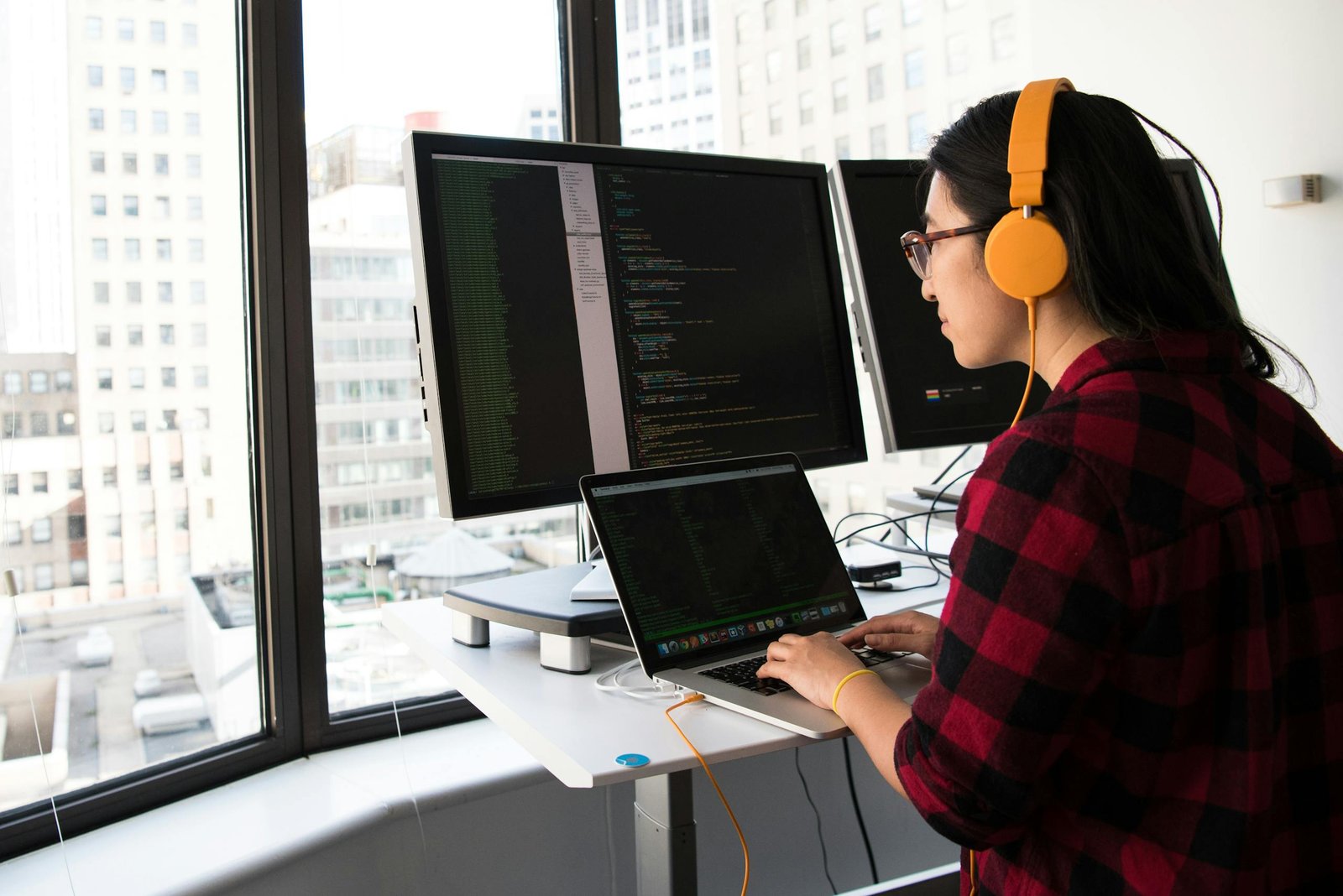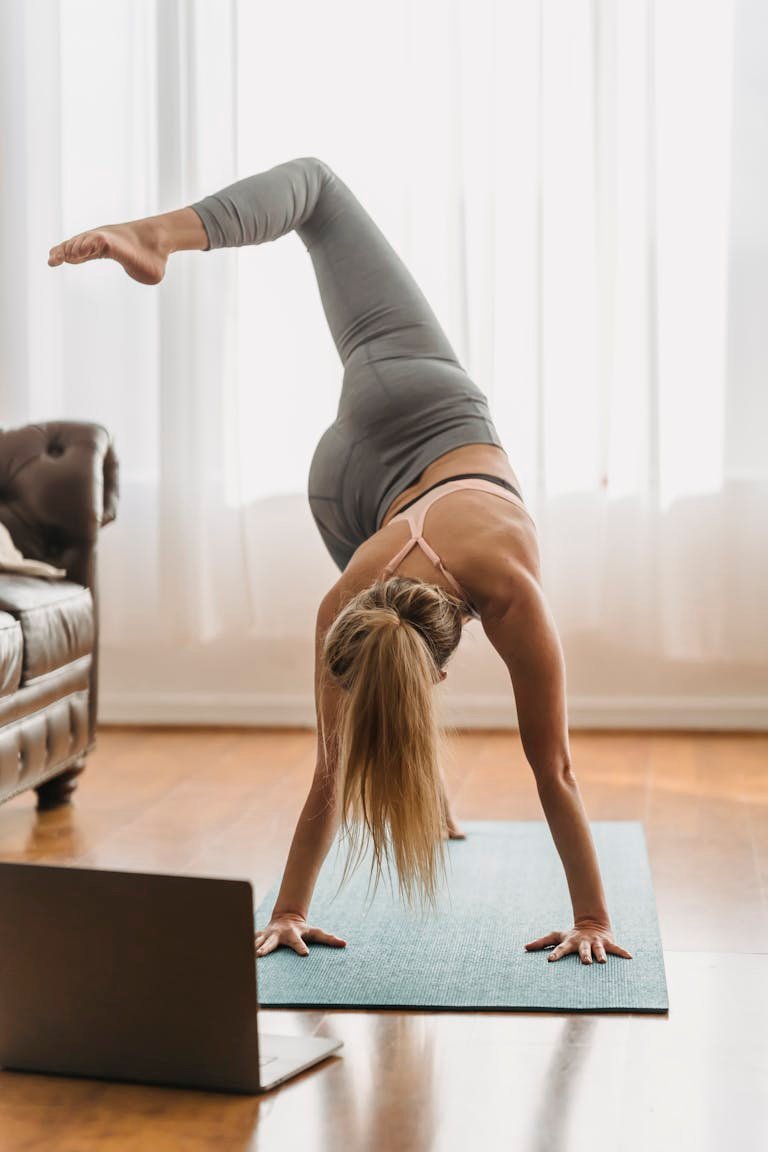Standing Desk vs. Traditional Desk — Which One Boosts Productivity More?
Standing Desk vs. Traditional Desk
When you work from home, your desk is the centerpiece of your productivity. Whether you choose a standing desk or stick with a traditional seated desk can impact not only your comfort but also your focus, energy, and long-term health.
So, which one is better for getting things done — a standing desk or a traditional desk? Let’s break down the pros, cons, and science behind each so you can decide what’s right for your home office.
The Case for Traditional Desks
Benefits of a Traditional Desk
- Familiar and affordable – Most people are comfortable with a seated workstation, and traditional desks are widely available at every price point.
- Ergonomic control – When paired with a good chair, keyboard, and monitor stand, a seated desk can be very ergonomic.
- Ideal for focused work – Sitting can be helpful for long writing sessions or tasks that require deep concentration.
Downsides of Sitting All Day
- Health risks – According to the Mayo Clinic, sitting for 8+ hours a day is linked to a higher risk of obesity, diabetes, and cardiovascular disease.
- Energy slumps – Extended sitting can lead to fatigue, back pain, and poor posture, which may hurt productivity over time.
The Case for Standing Desks
Standing desks have grown in popularity as remote workers look for ways to stay active during the workday.
Benefits of a Standing Desk
- Increased energy and focus – Studies show standing during work can improve alertness and reduce mid-afternoon energy crashes.
- Better posture – Standing encourages a more neutral spine position when set up correctly.
- More movement – It’s easier to stretch, shift weight, or walk away from your desk when standing.
- Calories burned – Standing burns slightly more calories than sitting, which can add up over time.
Downsides of Standing Desks
- Leg and foot fatigue – Standing too long can cause discomfort or swelling in feet and legs.
- Higher cost – Quality standing desks and converters can be expensive compared to a traditional desk.
- Adjustment period – It can take a few weeks for your body to get used to longer periods of standing.
Best of Both Worlds: Sit-Stand Desks
If you want the benefits of both sitting and standing, a sit-stand desk or a standing desk converter may be your best option.
- Alternate between sitting and standing throughout the day.
- Start with 15–20 minutes of standing every hour and increase gradually.
- Pair with an anti-fatigue mat to reduce pressure on feet and joints.
Top Desk Picks: Standing and Traditional
Choosing the right desk comes down to budget, space, and working style. Here are six popular options — three standing (or sit-stand) and three traditional — with pros, cons, and who they’re best for:
| Desk | Type | Highlights / Pros | Potential Drawbacks | Best For… |
|---|---|---|---|---|
| FlexiSpot EN2 Electric Standing Desk | Standing (electric) | Smooth, quiet motor; large height range; solid build; good for dual monitors. | Needs outlet; more expensive than basic desks. | Anyone wanting frequent sit/stand shifts with ergonomic flexibility. |
| SIAGO 48×24 Electric Standing Desk | Standing (electric) | 3 memory presets; cable management tray; good price. | Lower weight capacity; basic top finish. | Remote workers with mid-size setups on a budget. |
| ErGear Adjustable Electric Standing Desk | Standing (electric) | Very affordable; simple design. | Smaller desktop; less stable with heavy loads. | Beginners wanting a starter sit/stand desk. |
| Sauder Clifford Place Executive Desk | Traditional | Lots of storage; large work area; classic look. | No height adjustment; takes up space. | Those needing storage or a formal home office. |
| Sauder Heritage Hill Desk | Traditional | Elegant, spacious, high-quality build. | Pricey, very heavy. | Making a statement in a dedicated home office. |
| IKEA Sit-Stand Desk (Manual) | Sit-stand (manual) | Affordable; quiet crank; clean design. | Slower manual adjustments; fewer presets. | Those who want sit/stand benefits without paying for electric. |
Pro Tip: Pair a sit-stand desk with an ergonomic chair and anti-fatigue mat so you can switch between sitting and standing without sacrificing comfort.
Standing vs Traditional: Quick Comparison
| Factor | Traditional Desk | Standing Desk |
|---|---|---|
| Cost | Affordable | Can be pricey (but prices are dropping) |
| Comfort | Comfortable with ergonomic chair | Good posture, but standing too long can cause fatigue |
| Energy Levels | Afternoon slumps common | Often improves alertness |
| Health Benefits | Sedentary risks if sitting all day | Encourages more movement and burns more calories |
| Productivity Impact | Good for focus tasks | Good for energy and creativity |
Productivity Takeaway
Standing desks aren’t a magic productivity booster, but research shows they can:
- Improve energy and focus in the afternoon.
- Reduce back pain and discomfort, which helps you stay engaged.
- Encourage small but beneficial movements throughout the day.
If you want to maximize productivity, the best solution isn’t just standing — it’s alternating between sitting and standing. Think of it as a “movement-friendly” workday rather than an all-or-nothing choice.
Recommended Extras
- Anti-fatigue mat – Reduces leg strain during standing sessions.
- Ergonomic chair – Still essential for sitting periods.
- Cable management kit – Keeps your workspace clean and organized.
Hybrid Approach
Both traditional and standing desks can support a productive work-from-home routine — but standing desks give you a slight edge when it comes to energy and movement.
The winning setup? A hybrid approach. Sit when you need to focus deeply, stand when you need a mental or physical boost, and move throughout the day.
Download our Ultimate Home Office Setup Checklist to make sure your workspace — standing or sitting — supports your health and productivity.

